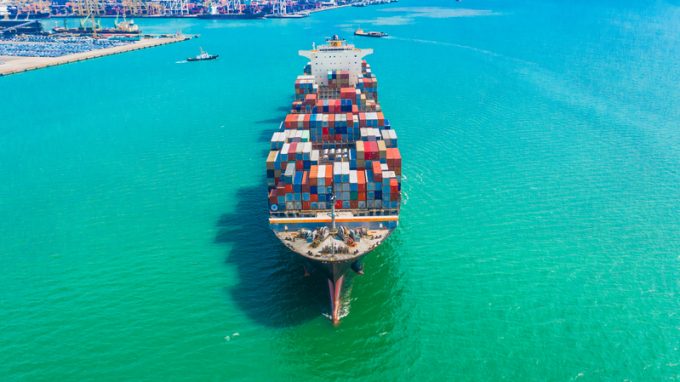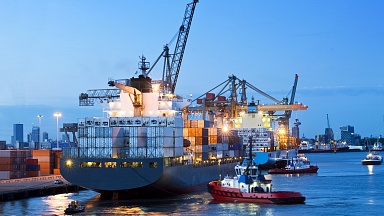There has been a significant spike in carrier short-term container rate quotes from Asia to North Europe this week, as rollovers become the norm.
According to eeSea data, ocean carriers on the route have withdrawn 28% of their headhaul sailings this month and reports from local agents suggest ships from China are sailing full, resulting in rollovers of non-VIP cargo.
Indeed, a local agent source told The Loadstar MSC had hiked its Shanghai to Felixstowe rate, valid until 30 May, by 20%, to $1,660 per 40ft.
«Space is extremely tight,» said the agent. «There are cheaper rates in the market from HMM and Yang Ming, but in most cases they don’t have the space allocation and containers just get rolled from one ship to the next.»
This tightening supply situation was confirmed by UK-based forwarder Westbound Logistics. It said: «A surge in recent bookings, believed to be due to the lifting of restrictions in some parts of Europe, the flood of PPE volume and air freight volumes switching to ocean, has led to more demand than the available capacity.»
Westbound co-owner and director Ryan Clark told The Loadstar today air freight capacity issues and sea freight rollovers were a «nightmare», and despite «working incredibly hard to ensure bookings are shipped on time», Westbound was recommending to customers that they may need contingency plans to cover the risk of delays.
According to eeSea data, the blanked sailings mean that, collectively, carriers are offering shippers and forwarders just 72% of advertised capacity, with total Asia-North Europe capacity for May at 979,000 teu against 1.35m teu originally scheduled.
However, today’s Shanghai Containerized Freight Index (SCFI) was flat for North Europe, at $827 per teu, while rates for Mediterranean ports were also virtually unchanged, at $879 per teu.
However, it was suggested to The Loadstar by one industry source this week that the lack of movement in the SCFI spot average could be due to a rate gap starting to emerge between «premier and lower division» lines.
Meanwhile, on the transpacific carriers have started to «unblank» some cancelled sailings to meet a spike in demand.
OOCL told customers today that, «in response to the demand change in the market», it was reinstating the Pacific China South 1’s 9 June sailing from China to the US west coast and the 28 June Gulf Coast China 2 sailing to the US Gulf .
Earlier this week, The Loadstar reported that THE Alliance was also to «reinsert» two transpacific sailings next month.
Mirroring the Asia-Europe trades, the US components of the SCFI were almost unchanged on the week, at $1,678 per 40ft for the west coast and $2,543 per 40ft for east coast ports.
Carriers on both tradelanes have shown judicious capacity management discipline and appear to be seeing better-than-expected demand and improved booking visibility.
Nevertheless, nobody is suggesting that there will be a peak season this year.
«We are still in survival mode,» a carrier source told The Loadstar. "Hopefully, the industry can continue to manage what looks like quite a sustained period of soft demand as economies start to recover slowly from the pandemic.



